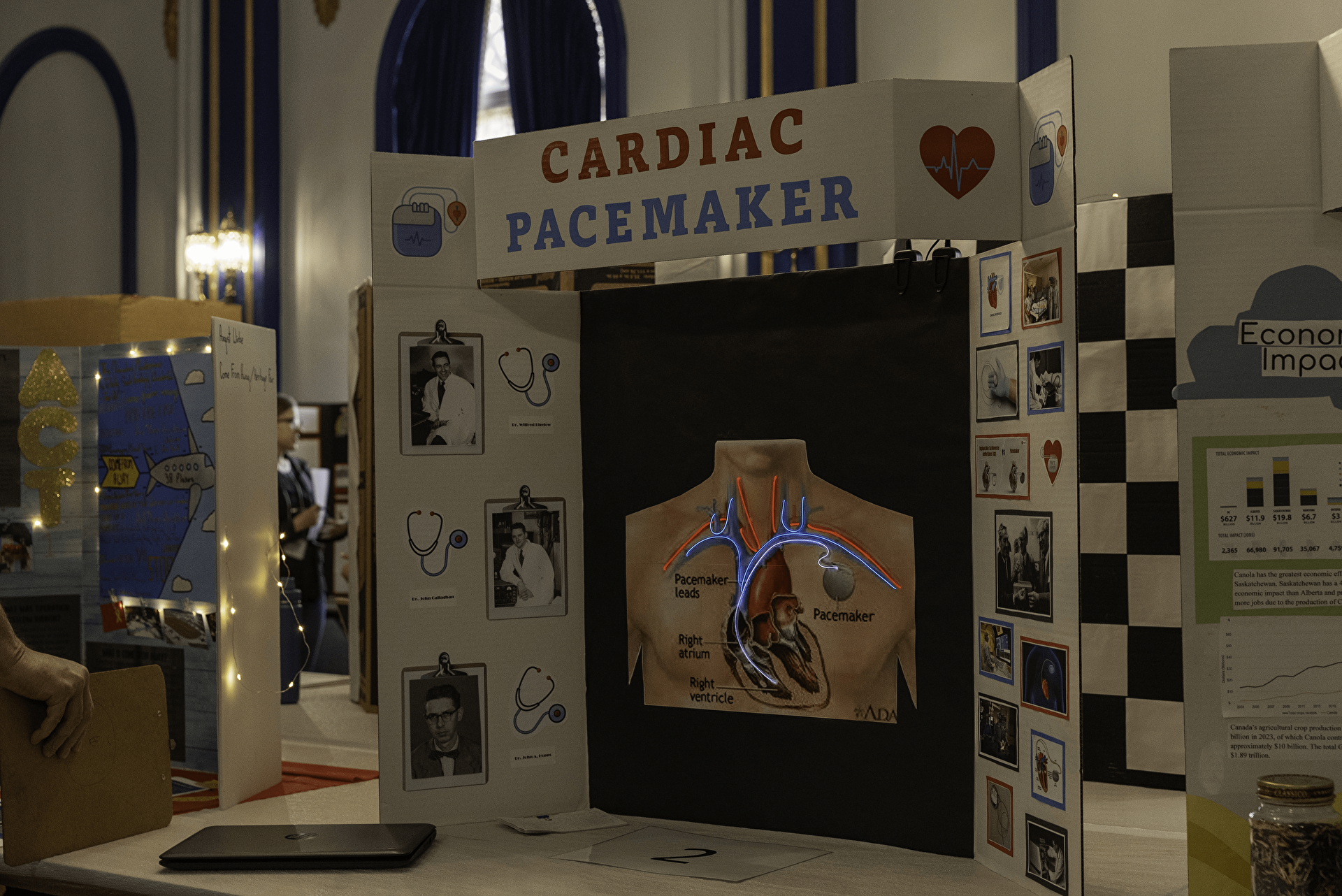Updated Guidelines for the 2026 Heritage Fair
There are two project formats for Virtual Heritage Fair projects. Students can choose to do one of the following:
- Mixed Presentation (Non-Video)
- As the name suggests, this is type of project can be varied. This type of project would include a non-video, mixed-format presentation on a Canadian-related heritage topic.
- Types of Non-Video Mixed Presentations:
- PowerPoint and other similar types of presentations
- A combination of written material and photos of a project
- A combination of an audio presentation and photos of a project
- A combination of photos and presentation slides
- Student-created websites
- A combination of any of the above
- A combination of any of the above that includes videos not created by the student (i.e. Heritage Minutes, documentaries that inspired the student, news clips, etc.) (without any video produced by the student)
- Video Presentation
- Each project submitted in must include a video presentation on a Canadian-related heritage topic. If multiple videos are included, one must be designated the main presentation. (Bilingual projects can include two main presentation videos, one in each language.)
- Video presentations must be between one (1) and ten (10) minutes long. If the video includes a Q&A section or if it is bilingual, it may be up to fifteen (15) minutes, although students are encouraged to edit these into two videos. Videos can include animation and other effects.
- Students are encouraged to submit additional materials (written material, photos, PowerPoint, etc.), as these will assist the judges. Students can also submit more videos as additional materials.
- Videos can be embedded in PowerPoint (and other similar software) presentations, or be part of a student-created website.
Creative components such as art projects (photos of drawings, paintings, or models), or creative writing (stories, or poems in PDF format) are encouraged to be included with either project format if this fits with the project topic.
All submitted projects must include a still photo of either a) the project, which could also be a title page or a screenshot; or b) the student with some aspect of their project, such as holding their essay.
Students are strongly encouraged to submit some form of a written report as well as a video and/or presentation. Written work in addition to a video will make judging easier and mitigate technical difficulties.
If you have any questions about project requirements, please contact us.

